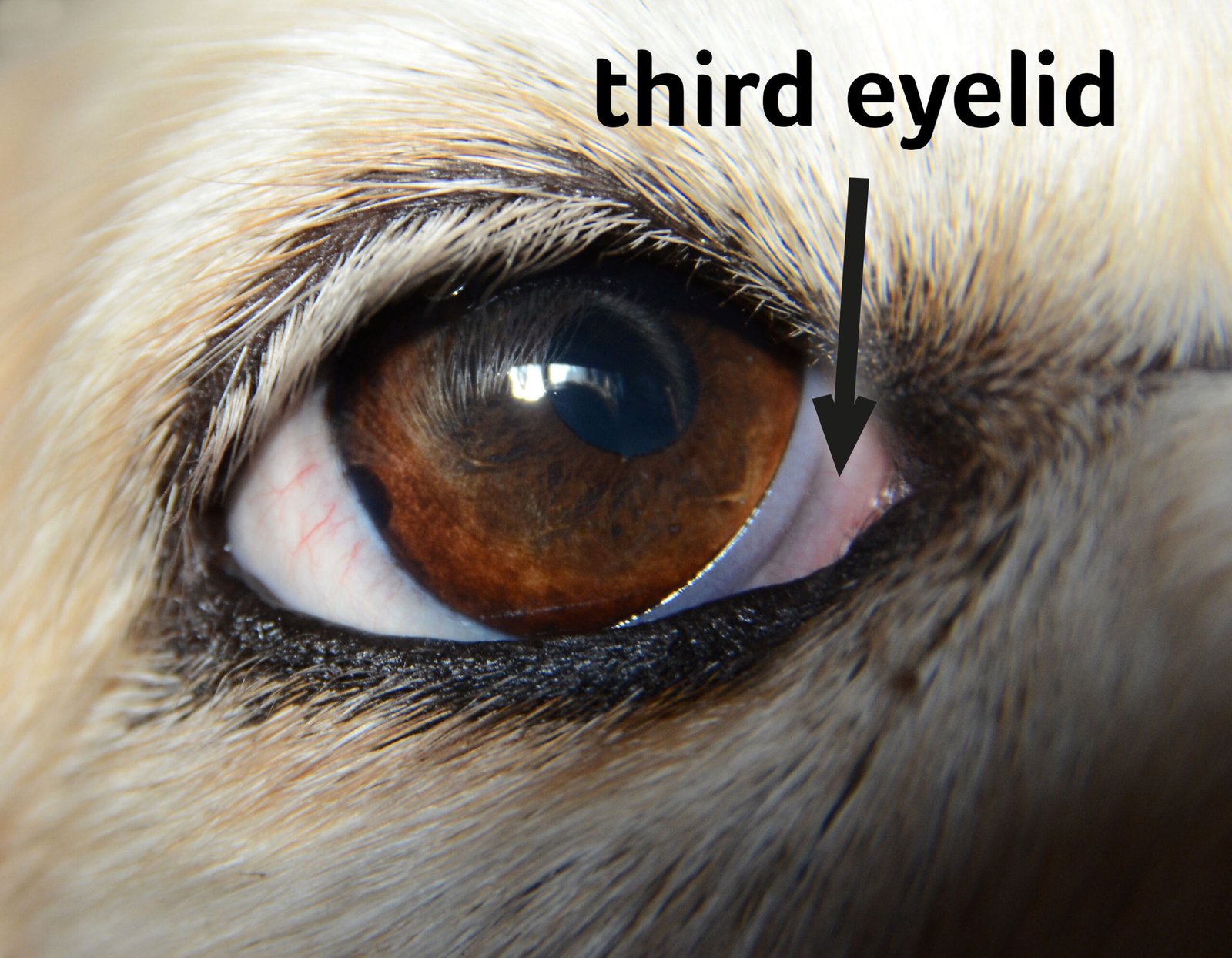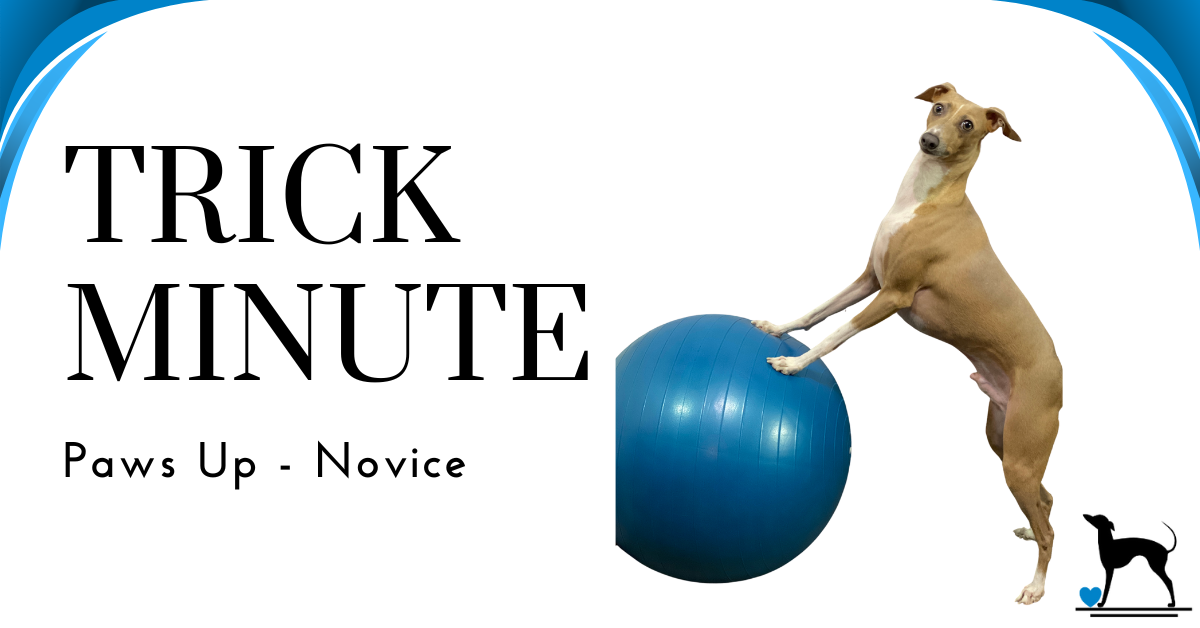As a passionate pet owner, you know that your companion deserves the very best. And part of providing that means helping them to be their happiest, healthiest selves – starting with their behaviour. But with so much conflicting advice out there, it can be tough to know where to begin. Fear not, though: we’re here to help! Today, we’re sharing some top tips for improving your pet’s behaviour, starting with exercise and mental stimulation. So grab your leash and let’s get started!
1. Exercise and Mental Stimulation

Not only does regular exercise and mental stimulation improve your dog’s physical health, but it can also have a significant impact on their behaviour.
There are many activities that can provide both exercise and mental stimulation for your pet. Going for a walk or jog in the park, playing fetch, hide-and-seek, and even training exercises can all provide physical activity and mental stimulation for your pet. You can also try out new activities such as agility training, dock diving, or hiking to keep things interesting and challenging for your furry friend.
Regular exercise and mental stimulation can help improve your dog’s behaviour in many ways. It can help reduce anxiety and stress, which can lead to problem behaviours such as barking, digging, and destructive chewing. Mental stimulation can also prevent boredom, which can lead to destructive behaviour and other undesirable habits.
It’s important to remember that each dog has unique exercise and mental stimulation needs, so it’s essential to tailor your activities to your pet’s preferences and abilities.

2. Positive Reinforcement: Reward Desirable Behaviours
Positive reinforcement is a powerful tool in improving your pet’s behaviour. Simply put, positive reinforcement means rewarding your pet for exhibiting desirable behaviours, making them more likely to repeat those behaviours in the future. This technique is based on the principle that animals (including humans) are more likely to repeat behaviours that lead to positive outcomes.
Examples of positive reinforcement techniques include giving your dog a treat when they sit on command, praising them when they come when called, or giving them a toy to play with when they chew on their toys instead of your shoes. When using positive reinforcement, it’s important to give the reward immediately after the desired behaviour is exhibited, so that your pet associates the behaviour with the reward.

Using positive reinforcement has many benefits. Firstly, it creates a positive association between your pet and their desired behaviour, making them more likely to repeat it. Secondly, it strengthens the bond between you and your pet, as you are both working together towards a common goal. Finally, it’s a humane and effective method of training, which helps to build trust and respect between you and your pet. By using positive reinforcement, you can create a happy, well-behaved pet that is a joy to be around.
Click here for our reinforcing desirable behaviours activity!
3. Establishing Rules and Boundaries

As much as we love our furry companions, it’s important to establish clear rules and boundaries for them. Just like humans, dogs benefit from structure and routine in their daily lives. Having clear rules and boundaries in place can help prevent unwanted behaviors, reduce anxiety, and create a more harmonious household.
When it comes to establishing rules and boundaries, there are a few things to keep in mind. First, be consistent. Dogs thrive on routine, and inconsistency can lead to confusion and frustration. Second, be clear and concise. Use simple language and be consistent with your expectations. And finally, use positive reinforcement to reward desirable behavior and discourage undesirable behavior.
Examples of rules and boundaries you can establish include things like not allowing your dog on the furniture, setting boundaries for where your dog can go in the house, and establishing a routine for feeding and exercise.
By setting clear rules and boundaries, you’re not only helping your dog to become a well-behaved member of your household, but you’re also strengthening your relationship with them. A well-trained dog is a happy dog, and a happy dog means a happy owner! So take the time to establish clear rules and boundaries, and watch as your furry friend thrives under your guidance.
4. Consistency

Establishing clear rules and boundaries is important for dogs, but it’s also important to be consistent when training them. Dogs thrive on routine and consistency, and inconsistent training can lead to confusion and undesirable behaviour.
When training your dog, it’s important to use consistent cues and rewards to reinforce positive behaviour. For example, if you’re teaching your dog to sit, use the same verbal cue each time and reward them with a treat or praise when they successfully sit. Using inconsistent cues or rewards can cause confusion and make it harder for your dog to understand what you want them to do.
In addition to using consistent cues and rewards, it’s also important to be consistent with your training schedule. Dogs thrive on routine, so try to train your dog at the same time each day and for the same duration. This will help your dog understand when it’s time to focus on training and when it’s time to relax and play.
To maintain consistency in your training, it can be helpful to keep a training journal to track your progress and keep track of what’s working and what’s not. This can also help you stay accountable and on track with your training goals.
5. Addressing Problem Behaviours

From excessive barking to destructive chewing, problem behaviours can be frustrating for both you and your pup. However, it’s important to remember that these behaviors don’t define your dog and can be addressed with patience and consistency.
Common problem behaviors in dogs can include digging, jumping up on people, separation anxiety, and aggression. It’s important to understand why these behaviors occur, which can be due to a variety of reasons such as boredom, anxiety, or lack of proper training and socialization.
If you’re dealing with a problem behaviour, it’s important to address it as soon as possible to prevent it from becoming a habit. This can involve providing appropriate outlets for your dog’s energy and mental stimulation, setting clear boundaries and rules, and using positive reinforcement to encourage desirable behaviour.
In some cases, seeking professional help from a trainer or behaviourist may be necessary to address the issue effectively. It’s important to remember that every dog is unique, and what works for one may not work for another. Patience, consistency, and a willingness to try different approaches can help you and your pup overcome problem behaviors and strengthen your bond.
Conclusion

We have discussed several effective ways to improve your dog’s behaviour. By exercising and providing mental stimulation, using positive reinforcement, establishing clear rules and boundaries, maintaining consistency with cues and rewards, and addressing problem behaviours with patience and consistency, you can help your pet become the best companion they can be. Remember to be patient and consistent in your training efforts, and seek professional help if needed. By implementing these tips and techniques, you can help your dog become a happy and well-behaved member of your family. So why not start today? Take action and see the amazing transformation in your pet’s behaviour.




Leave a Reply